After nearly 9 months of planting and caring for the crop, more than 2 sao of shallots of Mrs. Pham Thi Tuong's family in Hong Tien village, Nghi Xuan commune are now ready for harvest. However, at this time, the price of shallots has dropped, traders are not buying, forcing her to dig up each kilo to bring to the retail market.
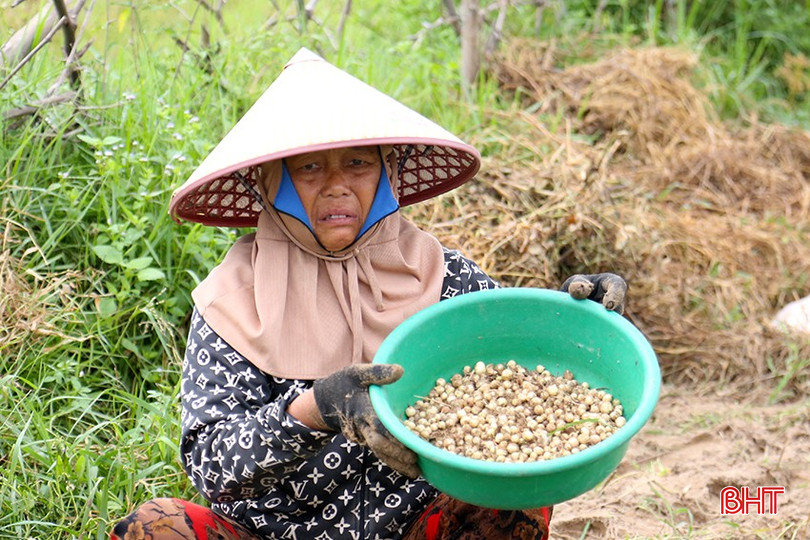
Ms. Tuong shared: "At the beginning of the season, there was a heavy rain that damaged nearly 1 sao of chives that I had just planted and had to replant. Now that it is harvest time, the chives can only be sold for 16-20 thousand VND/kg, less than half of last year. Growing chives takes a lot of time and requires expensive care. With the current price, people hardly make a profit, even incur losses."
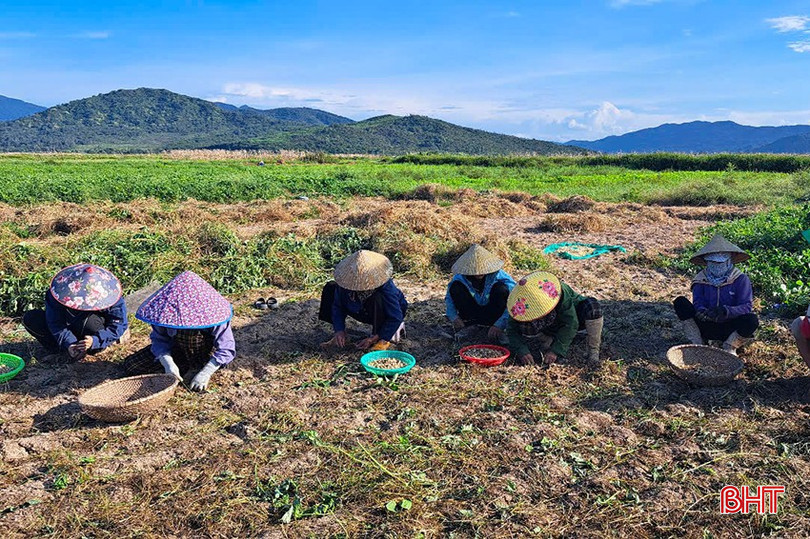
In the fields, nearly 15 hectares of shallots in Hong Tien and Hong Khanh villages and Nghi Xuan commune have reached harvest time, but only a few households are "working in the sun" to dig for shallots. According to farmers, at this time last year, shallots were sold out as soon as they were harvested. Traders brought trucks to their homes to buy tons. Households had to mobilize family members and even hire people to harvest them to meet demand. This year, the price of shallots has dropped sharply and they are difficult to sell, making farmers feel like they are sitting on fire.
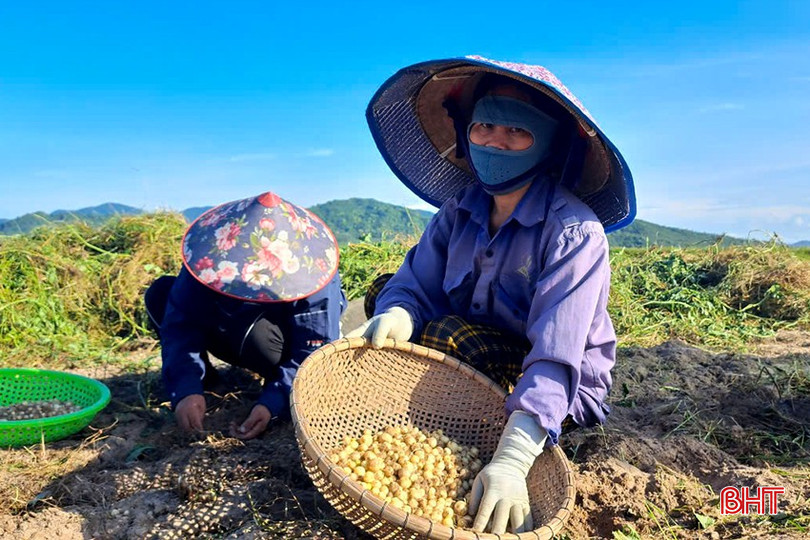
Similarly, Ms. Nguyen Thi Giang's family in Thuan My village, Tien Dien commune, is worried about losing crops because of low onion prices and difficulty in selling. "We have to spend 6-7 million VND on land, seeds, and fertilizer for one sao of shallots. With the current selling price, the average yield is 3-3.5 quintals/sao, so at best we can only break even. In recent days, onion growers here have been "red-eyed" waiting for traders to come buy but are still hopeful," Ms. Giang shared.
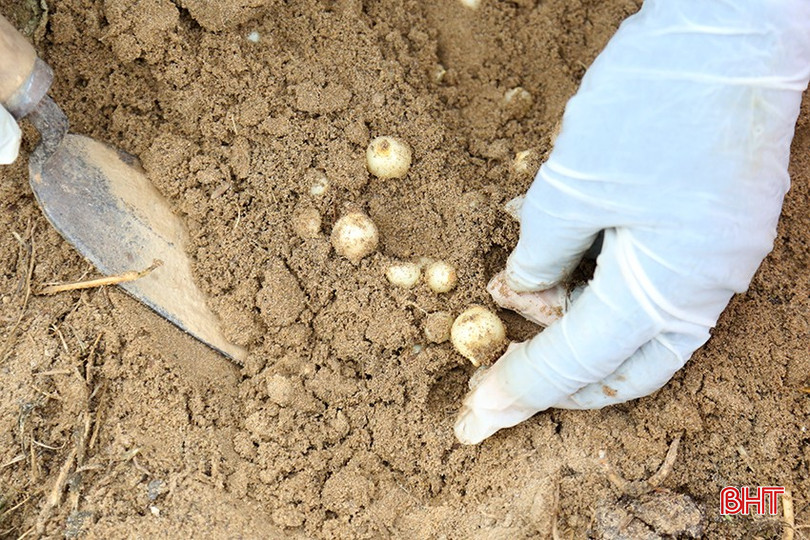
Tien Dien commune has a total area of about 20 hectares of shallots. This year, the onion crop is generally good with an average yield of 4 quintals/sao. Most households growing shallots here are also harvesting when customers place orders, otherwise they are waiting for the price to increase. Up to this point, the whole commune has only harvested about 1/4 compared to the same time last year.
Through research, it is known that the above localities grow on sandy soil so they can harvest late. Therefore, farmers here harvest rice, peanuts, and corn before harvesting shallots. With the current selling price, shallot growers here still want to harvest to salvage but do not know who to sell to. More worryingly, shallots left for too long will also sprout, if unfortunately there is a rain, there is a risk of rotting.
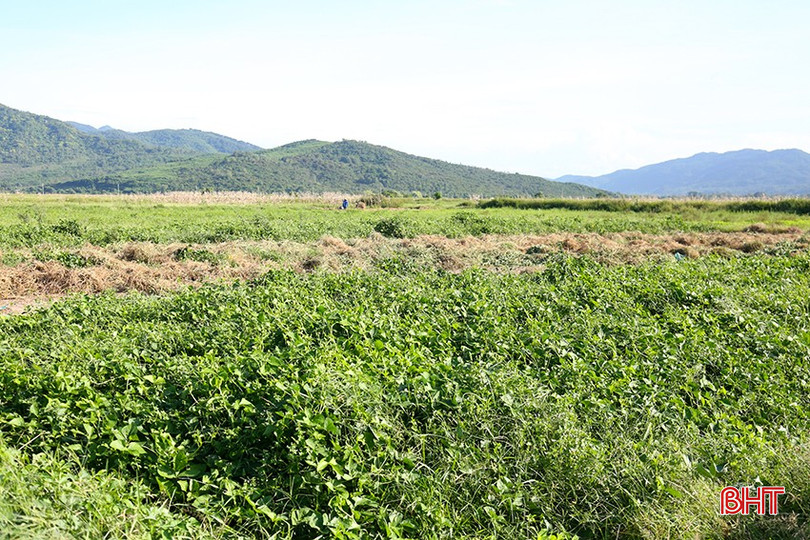
Ms. Pham Thi Duyen - Expert of Tien Dien Commune Economic Department commented: The price of shallots is low, possibly due to abundant supply. The consumption of shallots depends a lot on traders when they stop purchasing or reduce prices due to oversupply, farmers are facing difficulties. At this time, farmers need to proactively expand the consumption market, possibly looking for other distribution channels for consumption...
In recent years, chives have become the main commodity of the above localities. After harvesting, they are purchased by traders and then brought to the southern provinces or exported to China. During peak periods, the price of chives here is purchased at more than 50,000 VND/kg. However, this year, the price has dropped dramatically, and there are no traders, making farmers sad because of the crop failure.
According to the leaders of Tien Dien and Nghi Xuan localities, to avoid the situation of being forced to lower prices, the consumption market depends entirely on traders, in the coming time, the communes will mobilize households to establish cooperatives and cooperative groups, and at the same time build chains linking from production to consumption to ensure that shallots are consumed stably at reasonable prices. Along with that, support people in promoting trade, monitoring the market and finding solutions to overcome difficulties. In addition, farmers are advised not to expand their acreage to avoid the situation of supply exceeding demand, causing prices to fall.
Source: https://baohatinh.vn/hanh-tam-rot-gia-nong-dan-do-mat-cho-thuong-lai-post291356.html



![[Photo] General Secretary To Lam attends the opening ceremony of the National Achievements Exhibition](https://vphoto.vietnam.vn/thumb/1200x675/vietnam/resource/IMAGE/2025/8/28/d371751d37634474bb3d91c6f701be7f)
![[Photo] Red flag with yellow star flutters in France on National Day September 2](https://vphoto.vietnam.vn/thumb/1200x675/vietnam/resource/IMAGE/2025/8/28/f6fc12215220488bb859230b86b9cc12)
![[Photo] Politburo works with the Standing Committee of Cao Bang Provincial Party Committee and Hue City Party Committee](https://vphoto.vietnam.vn/thumb/1200x675/vietnam/resource/IMAGE/2025/8/28/fee8a847b1ff45188749eb0299c512b2)
![[Photo] Prime Minister Pham Minh Chinh meets with Speaker of the New Zealand Parliament Gerry Brownlee](https://vphoto.vietnam.vn/thumb/1200x675/vietnam/resource/IMAGE/2025/8/28/cec2630220ec49efbb04030e664995db)
![[Photo] General Secretary To Lam presents the 45-year Party membership badge to comrade Phan Dinh Trac](https://vphoto.vietnam.vn/thumb/1200x675/vietnam/resource/IMAGE/2025/8/28/e2f08c400e504e38ac694bc6142ac331)

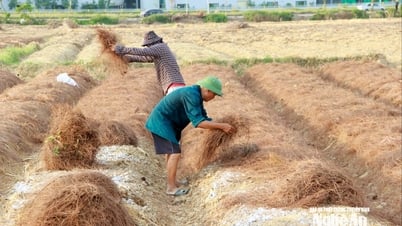



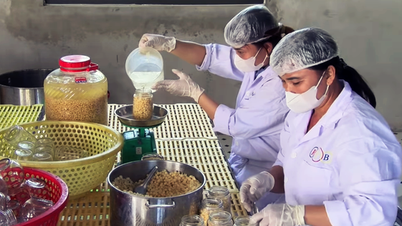

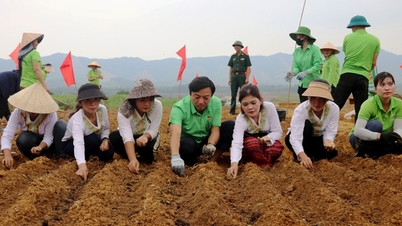

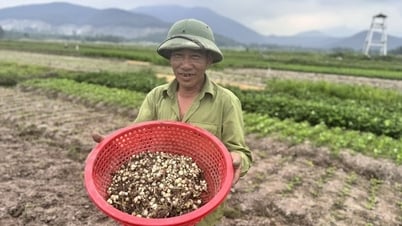




































































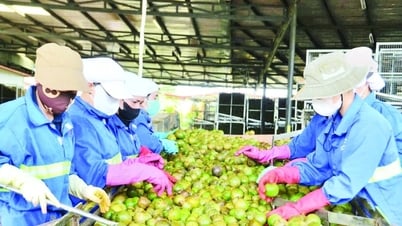










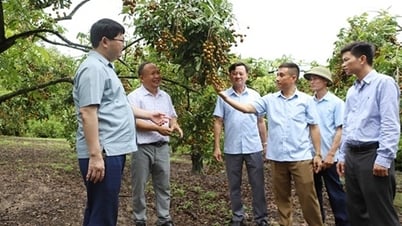






Comment (0)